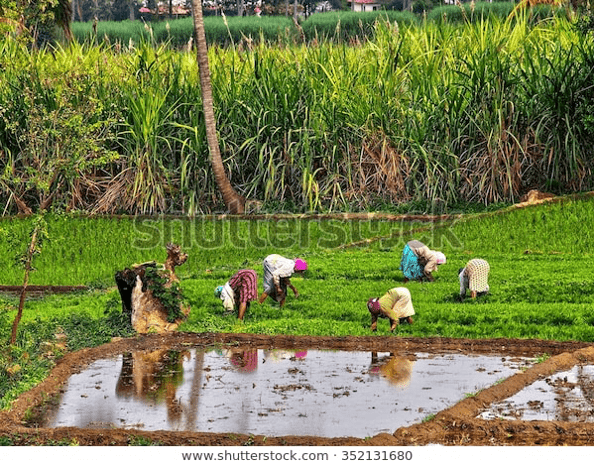Hello everyone, I hope all has been good for you! The weather in Singapore has been cool lately due to the monsoon, but typically it is so much warmer. If you’re someone who loves cooler weather like me, imagine this – What if we woke up with a giant glacier right in the vicinity? That would be like waking up in this Norwegian cabin! How magnificent (and how cool) would that be?
In my previous post, I briefly mentioned how glaciers are essential to human lives. I will elaborate on their importance today.
Glacier runoff (water from melting glaciers) brings up water levels during warmer months (in drought) and is less when the weather is cooler. The runoff provides drinking water and irrigation. During cooler periods, the glaciers melt more slowly, and snow is able to accumulate. This is seen in regions like the Indo-Gangetic plain, where 129 million farmers are reliant on glacier runoff for agriculture during drier periods.

Therefore, glaciers are a renewable source of water. Imagine having an automatically refilling tray of ice to quench your thirst!
Despite this, glaciers have limits. What happens when the rate of melting is faster than the rate of snow accumulation? Such is the case with the Greenland Ice Sheet, where it is found to be adding the most to sea level rise.

Image by Bernd Hildebrandt from Pixabay
As with glaciers in Alaska – where degrees of melting that would normally take centuries happen within months.
This breath-taking video from National Geographic showcases that very vividly.
This puts countries like China and Indonesia at risk, where much of their population resides in coastal areas. Singapore’s sea levels have risen 14cm since 50 years ago, and this will only accelerate!
Increased rate of melting for glaciers will increase glacier runoff at first. After a period of time, the volume of runoff will decrease, and this will lead to lack of water resources. This can be seen in the very well demonstrated case of 2 towns in Northern India – Stongde and Kumik. Stongde has experienced a greater supply of water from melting glaciers, while Kumik’s water supply has stopped completely, leaving farmers distraught.
Over the past week, the topic of glaciers has come up several times in my conversations with my friends and family. What I have realized is that not much about glaciers is known to them despite their significance.
Next week, I shall investigate and tell everyone more about my findings! Stay safe.
Regards,
Clive